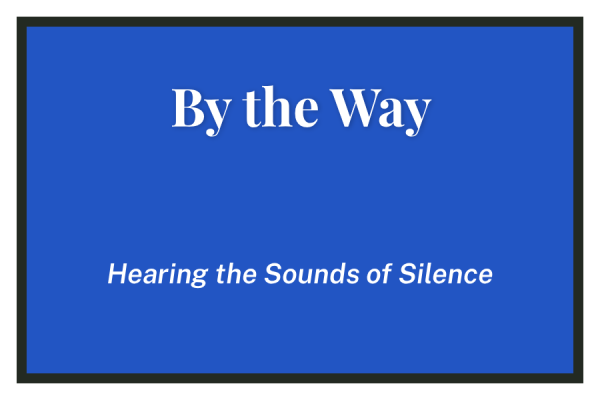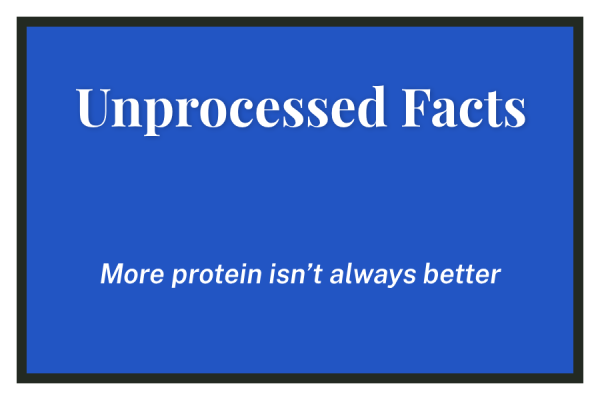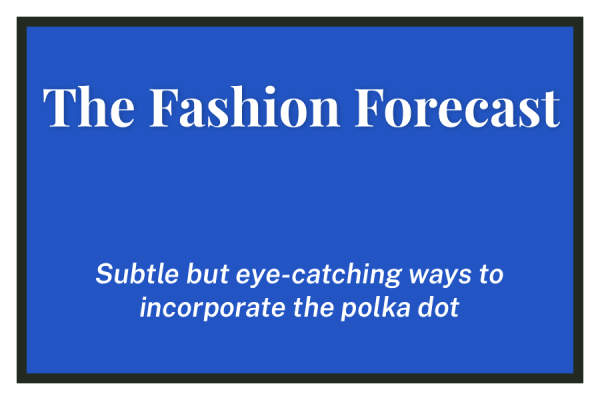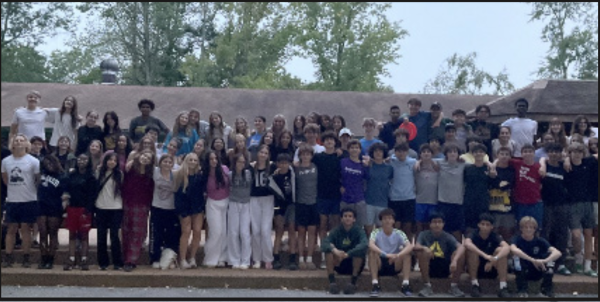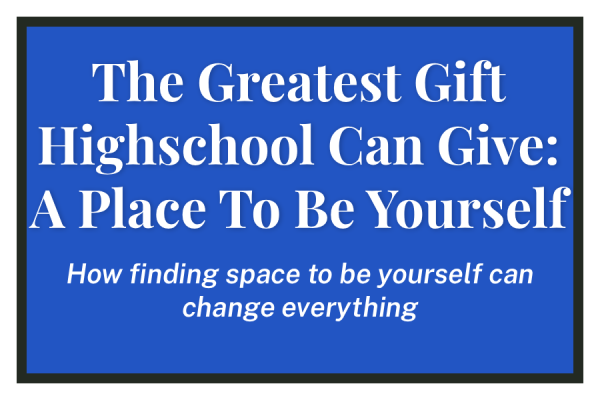A Microscope of the Model Home, Issue 1
Holding Hands
The annoying yet familiar sound of the bagpipes glares as the senior class walks around the gym. Lower Schoolers anxiously await the seniors that will soon become their friends, while in the bleachers Upper Schoolers and parents cheer to celebrate the beginning of the end. Big Brothers and Sisters is a fundamental part of Parker’s culture, a moment that so many look forward to. However, whenever I think about the day I will walk around the gym hand-in-hand with my friend, I am met with a wave of anxiety thinking about who I’ll walk with.
In my twisted game of predicting who my friends would walk with, even though we most likely won’t get to have this tradition at all, I realized most of my predictions paired together those who have been best friends since JK. I even subconsciously paired those who, like myself, came to Parker at different times with others who joined our class at the same time. I was met with a pattern where loyalty and friendship were based on the timing of one’s coming to Parker.
As someone who came to Parker in sixth grade, Bridge and preseason were the places where I made my first friends. I was met with an initial frenzy of peers anxiously awaiting the few newbies. As soon as I began to find who I thought were my people, I was met with comments telling me who to interact with and who to avoid, guidelines that deterred ever molding prepubescent children from finding their people. The toxicity created and upheld within the wall of our so-called model home traumatizes and alienates so many people. Parker, a school that prides itself on inclusivity, blinds itself to the bullying and detrimental social behaviors within its walls that create students who feel unable to maintain healthy friendships.
Parker creates a social structure that makes me wonder who will walk with me hand in hand and not who I want to share a joyous and momentous occasion with. The Parker environment nurtures behaviors of blind loyalty and ignoring the wrongdoings of community members. Many children understand, even when they are just in JK, that rich, white and often “popular” students are able to bully their peers without repercussions. I have heard stories of victims being told their bullies behaviors were never going to change and they should instead avoid that person, creating a community that dismisses victims. In a fourteen grade institution many Middle and Upper Schoolers are completely unaware of the little kids in the halls who look up to them. When I think of being a role model to younger students within the Big Brothers and Sisters program this year, I reflect on what behaviors I want to model to the numerous students that see and reflect the behaviors of the older students they see in the halls on a daily basis. I want to walk in the halls as tall and proud as I would walking three laps around the Big Gym.



